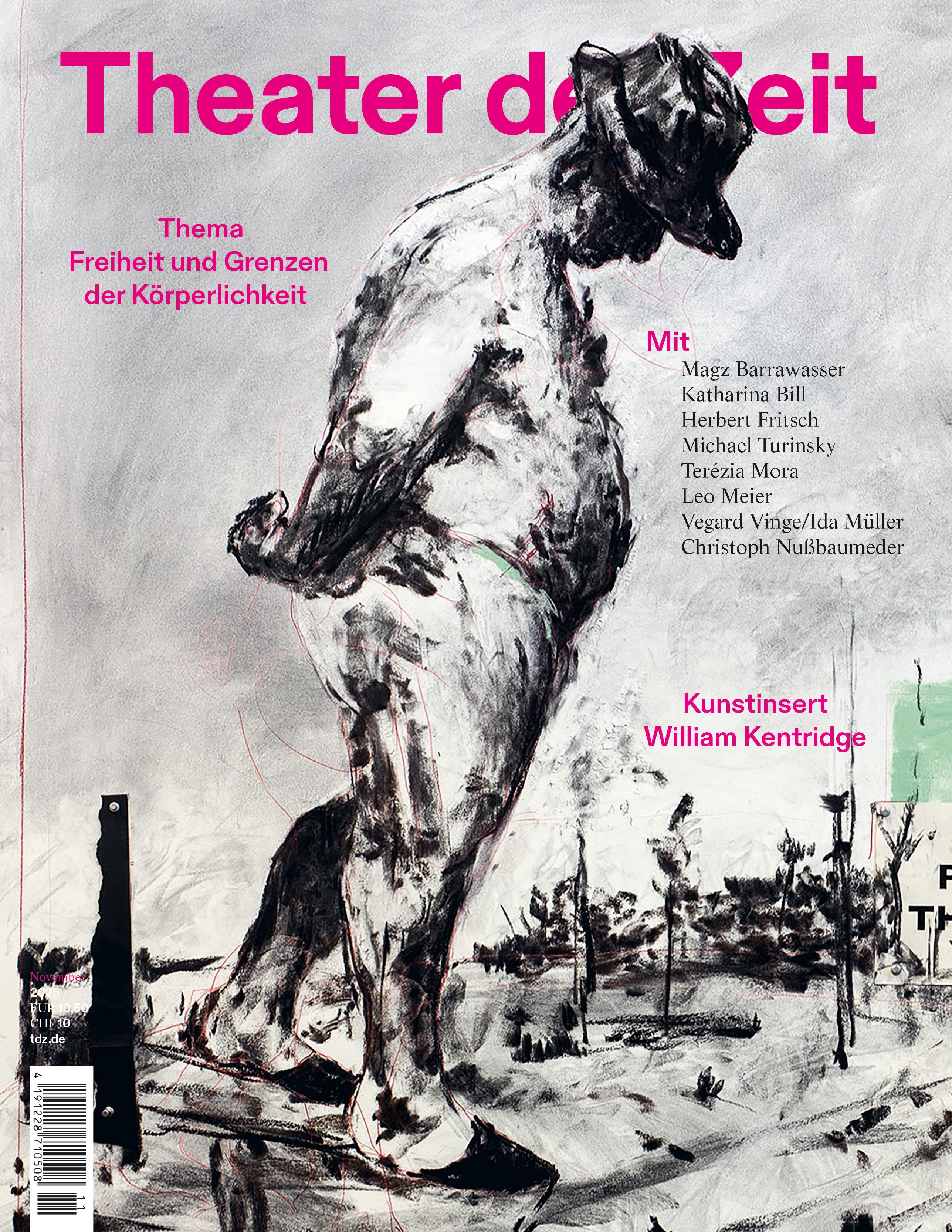Editorial
Erschienen in: ixypsilonzett: Facing the Audience – The Spectator as the starting point of TYA (03/2014)
Das Magazin für Kinder- und Jugendtheater erscheint aus Anlass des 18th World Assitej Congress and Korczak Festival Special Edition in Warschau (Polen) in englischer Sprache. Die deutschen Originaltexte können unter www.jugendtheater.net nachgelesen werden.
This special edition of the children’s and young people’s theatre magazine is published in English on the occasion of the 18th World Assitej Congress and Korczak Festival in Warsaw (Poland). You can read the original German texts at: www.jugendtheater.net.
“The audience – this is the sole inviolable starting point on which every theatre must base its art. A theatre that has found its spectator is also able to find its style. A theatre which has separated itself from its spectator loses its style, and therefore its right to exist. – But just as every theatre is able to live simply from the presence of its audience, so similarly aged audience groups have the right to be given an appropriate form of theatre. We must therefore concede children and young people such a right.”1
With these words the director, Alexander A. Brjanzew, opened the Theatre for Young Audiences in Petrograd (Russia) in 1921. In doing so he confirmed a basic attitude which is still dominant in contemporary theatre for children and young people. Theatre exists for its audience, otherwise it loses its right to exist. Hence from the very start of the history of institutionalised theatre for children and young people in Europe there has existed a claim to stand up for the rights of children and young people to theatre productions appropriate to their age. Thus the basic idea behind theatres working for young audiences is, so to speak, the turn of the artists towards their young spectators. But what does this mean today? And is not theatre for young audiences primarily just the same as any other form of theatre? Certainly! For today's theatre for young audiences is shot through with the many different types of expression and productionstyles of contemporary performing arts. Whatever the case, it differs from theatre for adults in its choice of material and themes.
In this edition of IXYPSILONZETT we shall be presenting various different examples of practice in contemporary theatre for children and young people, in which the particular characteristics of young people's theatre and its audiences will become clear. Our authors are talking about productions and projects which have been specially created for a curious and adventurous audience: An audience which is open to look at the world in a fresh and unusual manner; an audience which is interested in an unprejudiced encounter with the forms of expression and communication inherent in interdisciplinary, participative and, in many cases, collectively produced contemporary theatre. I am talking about theatre which does not simply regard its audience as passive consumers but as people who are active, thoughtful and sensitive. Because it is the audience which makes the theatre meaningful.
Thus theatre for young audiences is also a theatre which is able to emancipate its young audiences. “It regards its audiences as partners and offers them a space and an opportunity to judge and act for themselves. Children and young people are mature responsible spectators when they are allowed to decide for themselves on the significance of what they are shown and its meaning for their own lives, independent of the ideas and goals of the accompanying parents and teachers, and without the need for special instructions on how they should understand the art of theatre. Art gives them the necessary space to do this.”2
Gerd Taube
1 quoted in Christel Hoffmann: Beschreibung eines Modells. Das Theater der jungen Zuschauer (Tjus) in Petersburg und Leningrad und Das Theaterzentrum Familie in St. Petersburg, in: Annett Israel, Silke Riemann (eds.): Das andere Publikum. Deutsches Kinder- und Jugendtheater, Berlin, 1996, p. 118
2 Gerd Taube: Facing Reality. Zeitgenossenschaft und Realismus im Theater für junges Publikum in: IXYPSILONZETT. Jahrbuch für Kinderund Jugendtheater 2014, Berlin: Theater der Zeit, 2013 p. 9.














